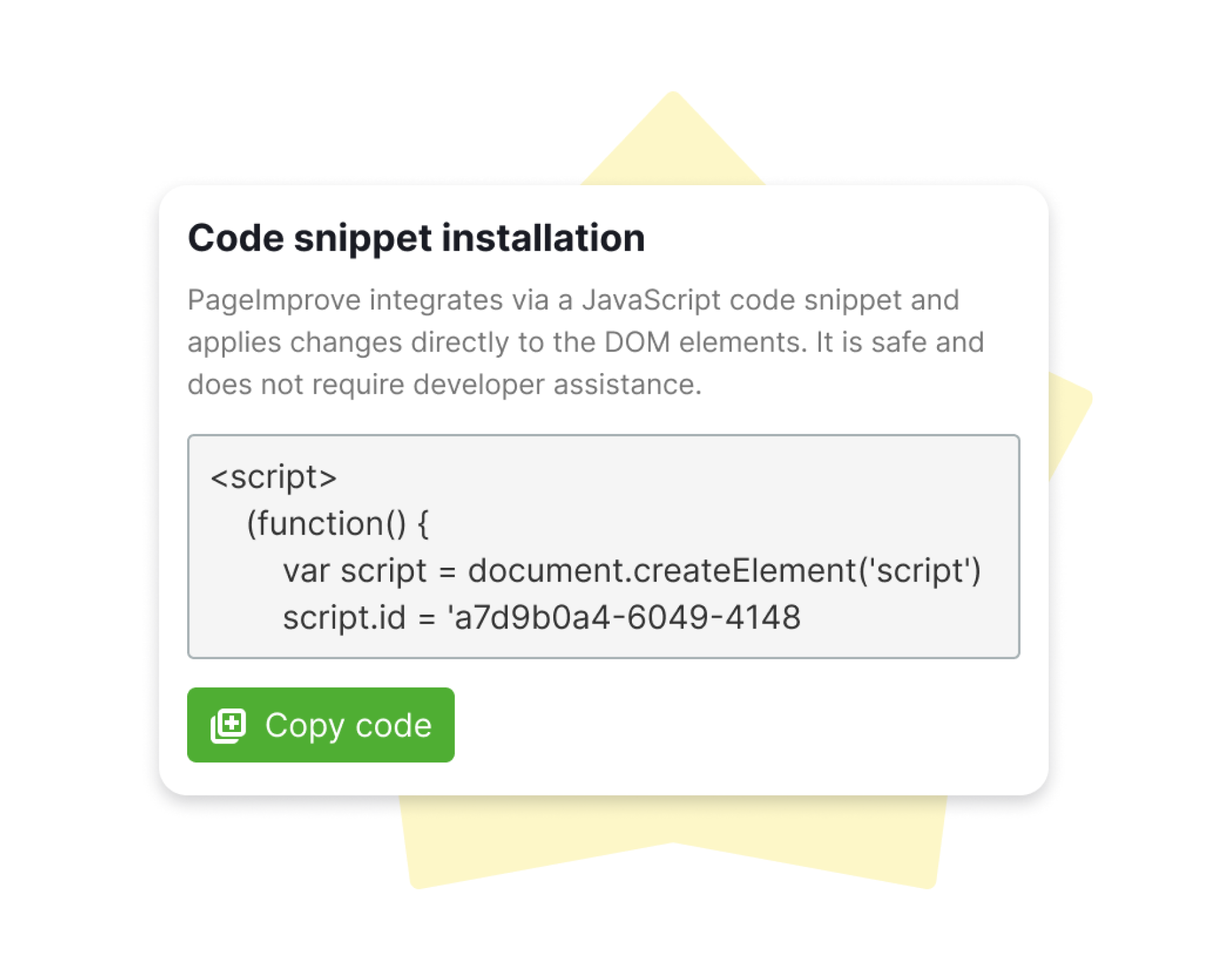The ability to adjust your meta tags is key to keeping on top of your organic performance in SEO. How you go about it, though, can change from one site to the next.
If you’re a Drupal user, you’re probably aware of the extra modules you can add that will allow you to change page elements such as meta tags. You might not, however, be aware of other ways to update your meta tags outside of Drupal that aren’t immediately hard-coded into your site (and you might want to).
Here, we’re taking a look at both how to change a Drupal page titles and meta descriptions, and how to take advantage of a Semrush solution known as PageImprove to achieve faster SEO results. Whichever one is best for you will depend on your individual circumstances.
How Do I Change Meta Tags in Drupal?
If you’re confident enough to get straight to it and update your meta tags in the backend, create a list of the pages you want to optimize so you can methodically work through them.
Here’s how to go about the edits, page by page:
- Install the Drupal Metatag Module
- Log into your site and head to the URL in question
Identify the page you want to optimize and head to it in Drupal. You’ll see the ‘Edit’ option in the navigation bar—click that to open the editor.
- Locate the Meta Tag editor in the right-hand column
There’ll be a ‘Title’ box with an asterisk at the top of the left-hand column, indicating the main title of your page. You need to find the ‘Meta Tag’ drop-down to open the ‘Page title’ box to edit the Drupal metatag for the page itself, which is what will affect your SEO performance.
- Add a personalized title and description to each relevant box
Under ‘Basic Tags’, Drupal gives you the option to add your own custom meta tags for each element (it’ll default to displaying the page’s existing title in the ‘Page title’ box). Input your optimized text for the title and description here and click save to set the changes in stone.
Remember, changes to a Drupal meta description and title are hard changes to the site’s code, so it’s not for the fainthearted. The upside is that you won’t have to add your tasks to a long list of your developers’ priorities, but you will need to be sure that you’re making the right changes before you save anything.

How to Easily Change Meta Tags with PageImprove
If you’re on the lookout for a fast and easy way to update your meta tags without changing anything in the backend, PageImprove is the tool for you.
It lets you make your changes when you need them so you don’t have to wait weeks or months for a busy development team to implement them. You can rest easy in the knowledge that the changes are temporary, so there’s no danger of inflicting permanent damage to your site. If you want to make them permanent, you can easily export a list of the pages and changes made to give to your developers.
Here’s how to change your meta tags with PageImprove:
- Install the simple browser extension to get started
Real-time optimizations are only moments away—all it takes to get set up is to install a Chrome browser extension and add a 5kb JavaScript snippet to your site. You might be able to do this yourself, or you can send the details to your developers.


- Start making changes to your meta tags
That’s how easy it is to get to it—now you’re ready to start updating your meta tags, canonicals, headings and more. A simple visual editor will guide you through the process with character counters to keep your new tags optimized.


- Publish your changes and monitor their impact
Once you’ve published your updates, they’ll become visible to bots and visitors, so you can start tracking how they affect the organic performance of the pages in question. The beauty of this is that you can inform your bosses or your clients that the changes have been made immediately—there’s no waiting time spent fretting about lost visibility, traffic, or revenue.

- Finalize or reverse the changes you made
After a while, you’ll have gotten a good grasp of the impact of the changes, so you’ll know what’s worked and what hasn’t in the SERPs. For the changes you want to make permanent, simply download a CSV file to send to your developers and they can make the hard-coded changes in their own time. For those changes you want to reverse because they didn’t have the desired effect, it’s a one-click trick to put them back as they were.


There we have it: two ways to update meta tags for SEOs who want fast results.
Whether you opt for permanently changing your title tag or meta description in Drupal or quickly updating them for indexing purposes with PageImprove, let us know about your results.
Take the SEO Advantage with PageImprove
With a constantly growing range of features, PageImprove is a surefire way to make your life easier as an SEO. You can enjoy the freedom it brings to your efforts to keep your sites updated, and let your developers get to the changes when it's convenient.
PageImprove puts you in control, allowing you to make instant changes from your browser. Find out more and get started for free here.
